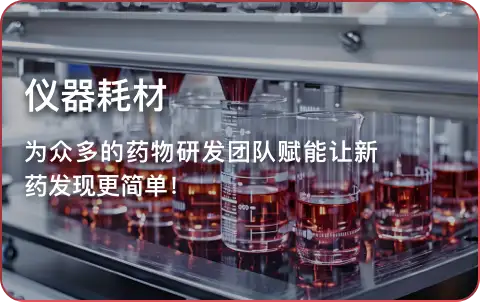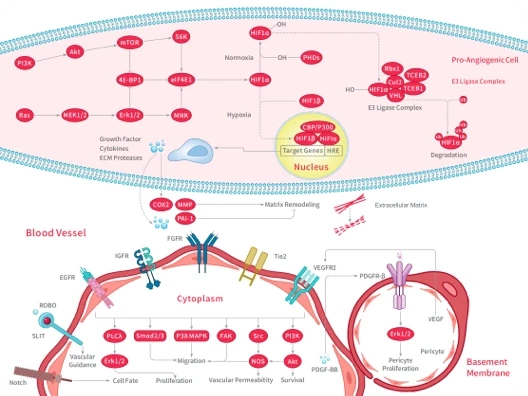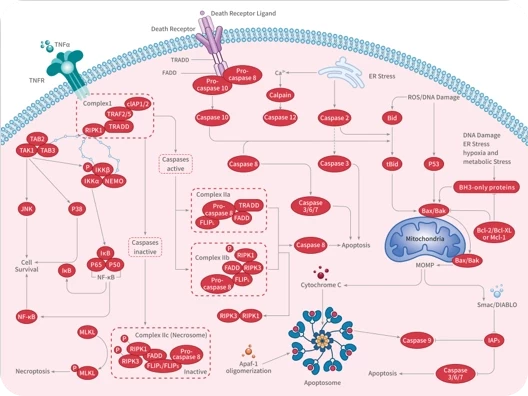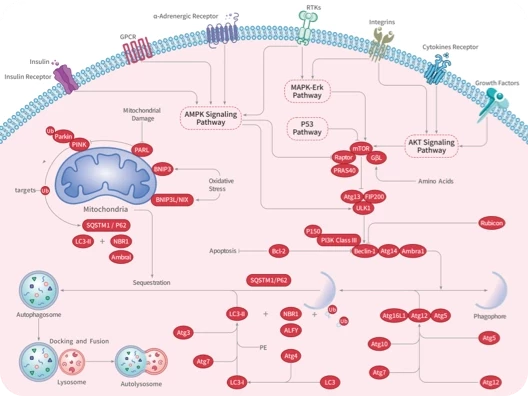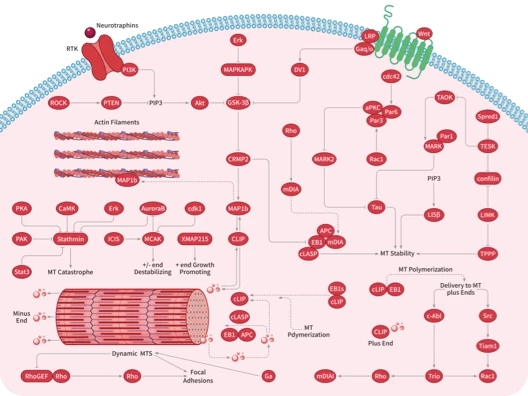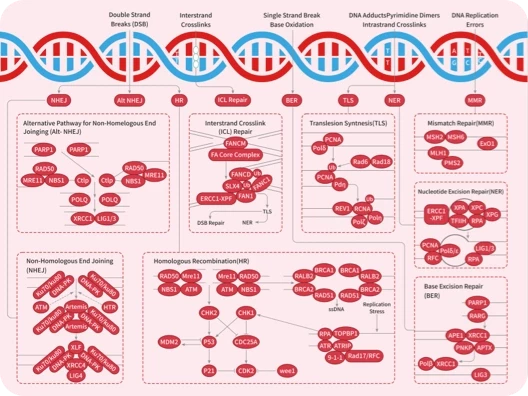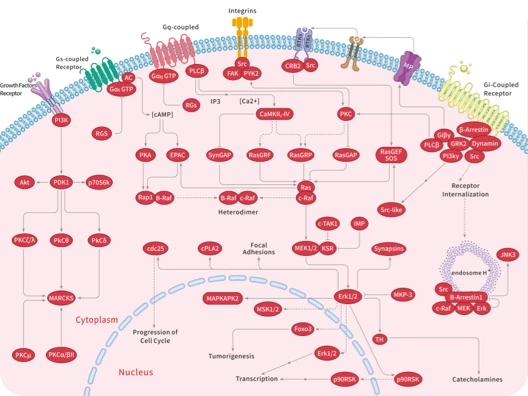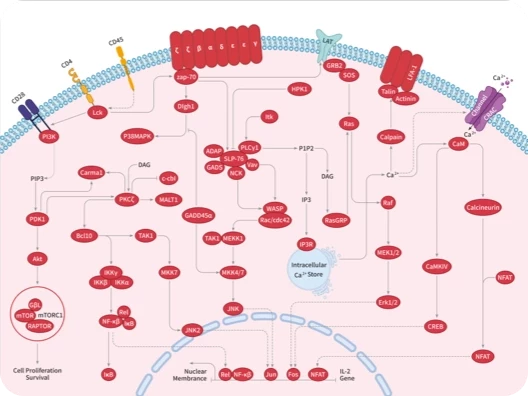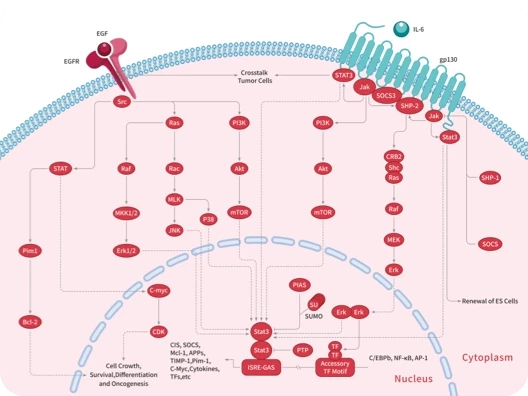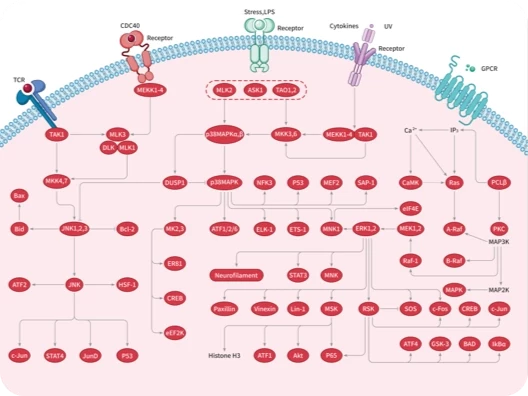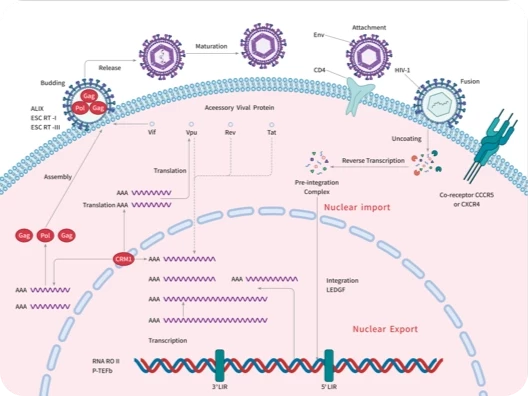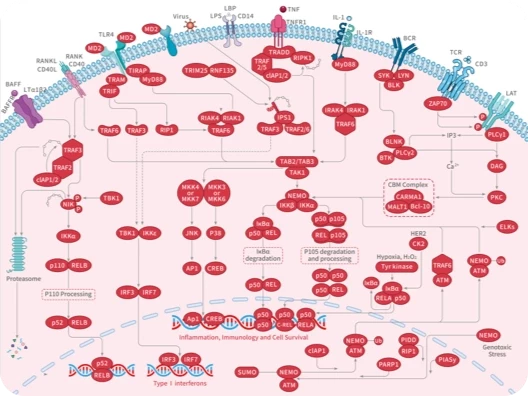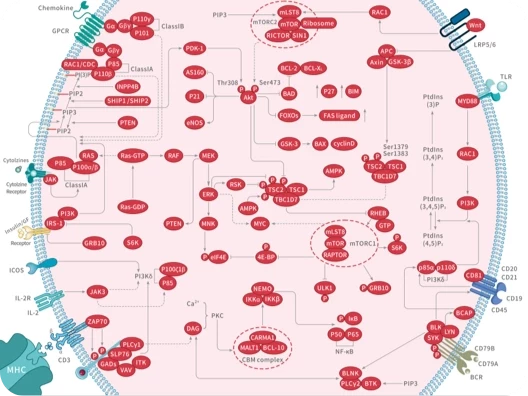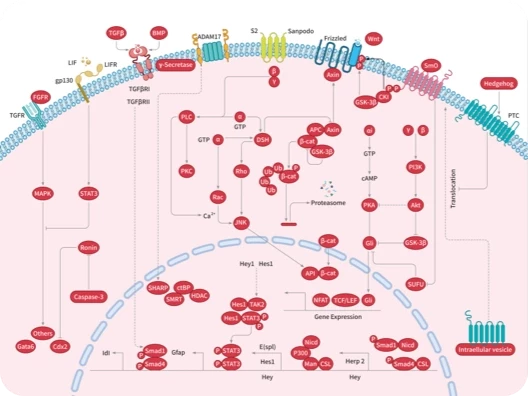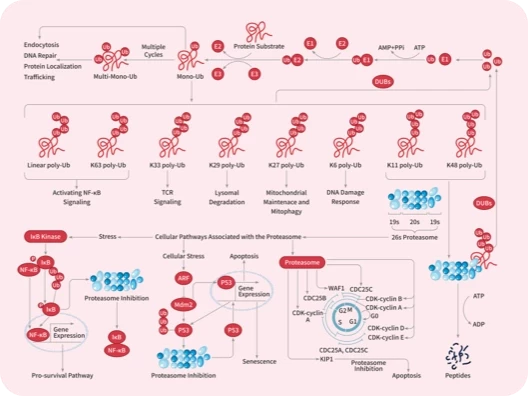- 全部删除
 您的购物车当前为空
您的购物车当前为空
购物车
HLA-A*02:01&B2M&NY-ESO-1 (SLLMWITQC) Tetramer Protein, Human, MHC (His & Avi), PE-Labeled
产品编号 TMPK-01497
NY-ESO-1 or New York esophageal squamous cell carcinoma 1 is a well-known cancer-testis antigen (CTAs) with re-expression in numerous cancer types. Its ability to elicit spontaneous humoral and cellular immune responses, together with its restricted expression pattern, have rendered it a good candidate target for cancer immunotherapy.
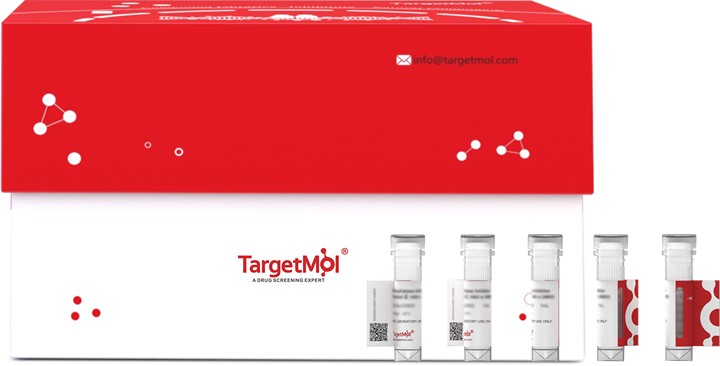
HLA-A*02:01&B2M&NY-ESO-1 (SLLMWITQC) Tetramer Protein, Human, MHC (His & Avi), PE-Labeled
产品编号 TMPK-01497
NY-ESO-1 or New York esophageal squamous cell carcinoma 1 is a well-known cancer-testis antigen (CTAs) with re-expression in numerous cancer types. Its ability to elicit spontaneous humoral and cellular immune responses, together with its restricted expression pattern, have rendered it a good candidate target for cancer immunotherapy.
| 规格 | 价格 | 库存 | 数量 |
|---|---|---|---|
| 100 μg | ¥ 18,900 | 5日内发货 |
大包装 & 定制
加入购物车
TargetMol 的所有产品仅用作科学研究或药证申报,不能被用于人体,我们不向个人提供产品和服务。请您遵守承诺用途,不得违反法律法规规定用于任何其他用途。
资源下载
产品信息
| 生物活性 | Activity has not been tested. It is theoretically active, but we cannot guarantee it. If you require protein activity, we recommend choosing the eukaryotic expression version first. |
| 产品描述 | NY-ESO-1 or New York esophageal squamous cell carcinoma 1 is a well-known cancer-testis antigen (CTAs) with re-expression in numerous cancer types. Its ability to elicit spontaneous humoral and cellular immune responses, together with its restricted expression pattern, have rendered it a good candidate target for cancer immunotherapy. |
| 种属 | Human |
| 表达系统 | HEK293 Cells |
| 标签 | C-His-Avi |
| 蛋白编号 | A0A140T913(HLA-A*02:01)&P61769(B2M)&SLLMWITQC |
| 别名 | NY-ESO-1,MY-ESO-1,MHC,LAGE2A,LAGE-2,ESO1CTAG,CTAG1B,CTAG1,CT6.1 |
| 蛋白构建 | Gly25-Thr305(HLA-A*02:01), Ile21-Met119(B2M) and SLLMWITQC peptide. PE-Labeled Human HLA-A*02:01&B2M&NY-ESO-1 (SLLMWITQC) Tetramer is assembled by biotinylated monomer and PE-labeled streptavidin. |
| 内毒素 | < 1 EU/μg by the LAL method. |
| 缓冲液 | Supplied as 0.22 μm filtered solution in PBS, 100 mM L-Arginine, 0.2% BSA (pH 7.4). |
| 存储 | Lyophilized powders can be stably stored for over 12 months, while liquid products can be stored for 6-12 months at -80°C. For reconstituted protein solutions, the solution can be stored at -20°C to -80°C for at least 3 months. Please avoid multiple freeze-thaw cycles and store products in aliquots. |
| 运输方式 | In general, Lyophilized powders are shipping with blue ice. Solutions are shipping with dry ice. |
| 研究背景 | NY-ESO-1 or New York esophageal squamous cell carcinoma 1 is a well-known cancer-testis antigen (CTAs) with re-expression in numerous cancer types. Its ability to elicit spontaneous humoral and cellular immune responses, together with its restricted expression pattern, have rendered it a good candidate target for cancer immunotherapy. |
计算器
SCI 文献
技术支持
请阅读 重组蛋白用户指南 了解更多具体信息.












